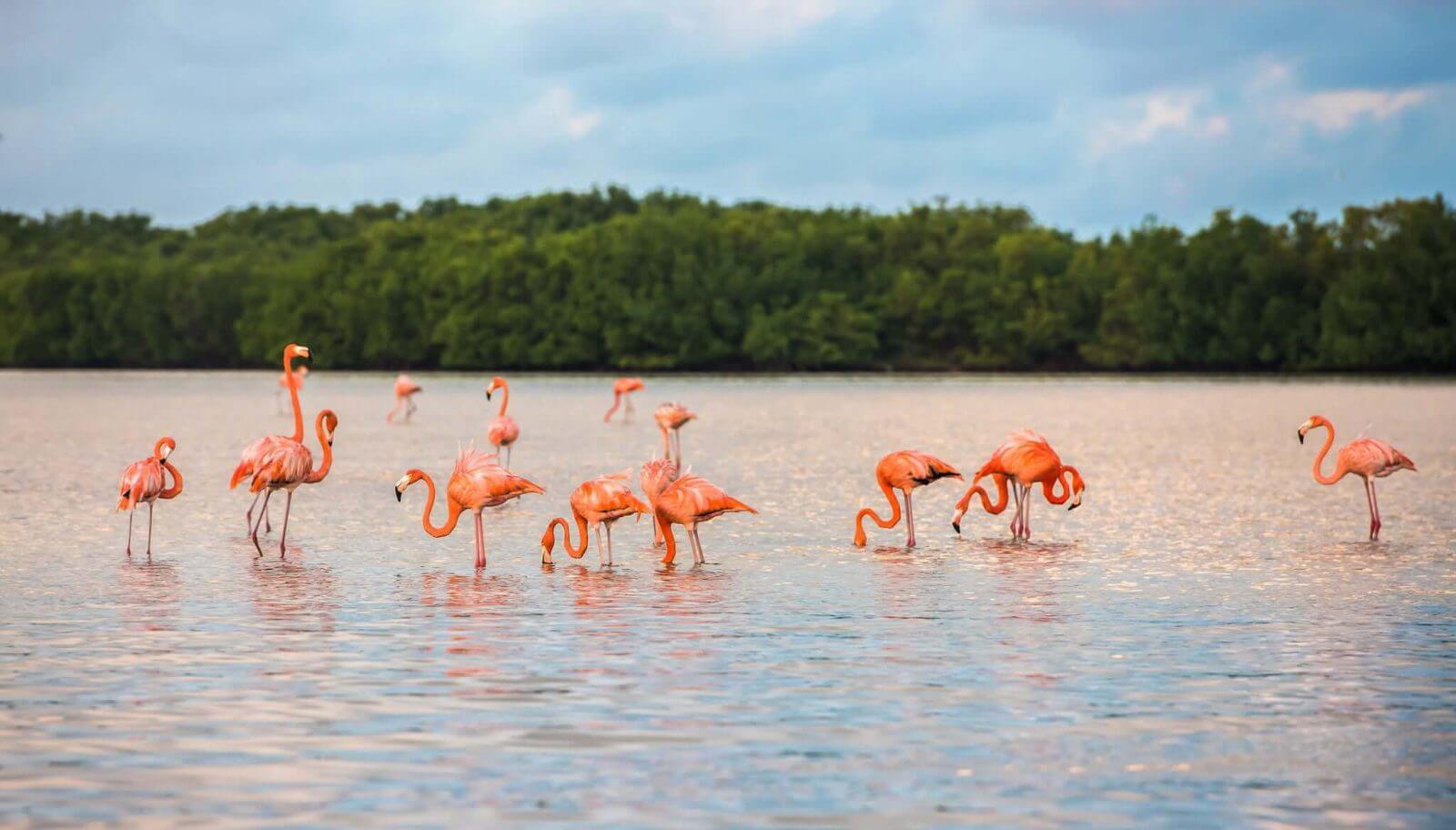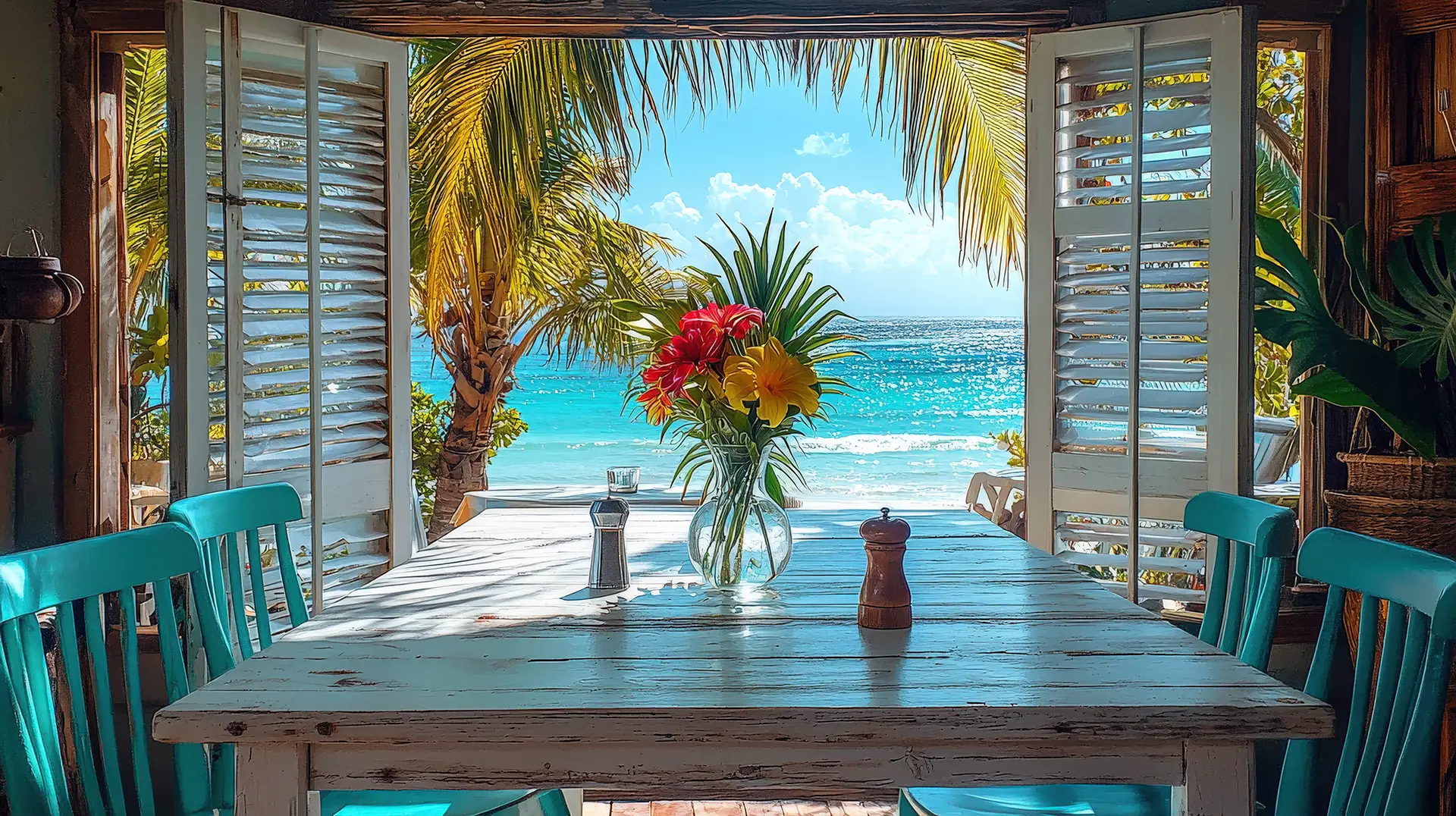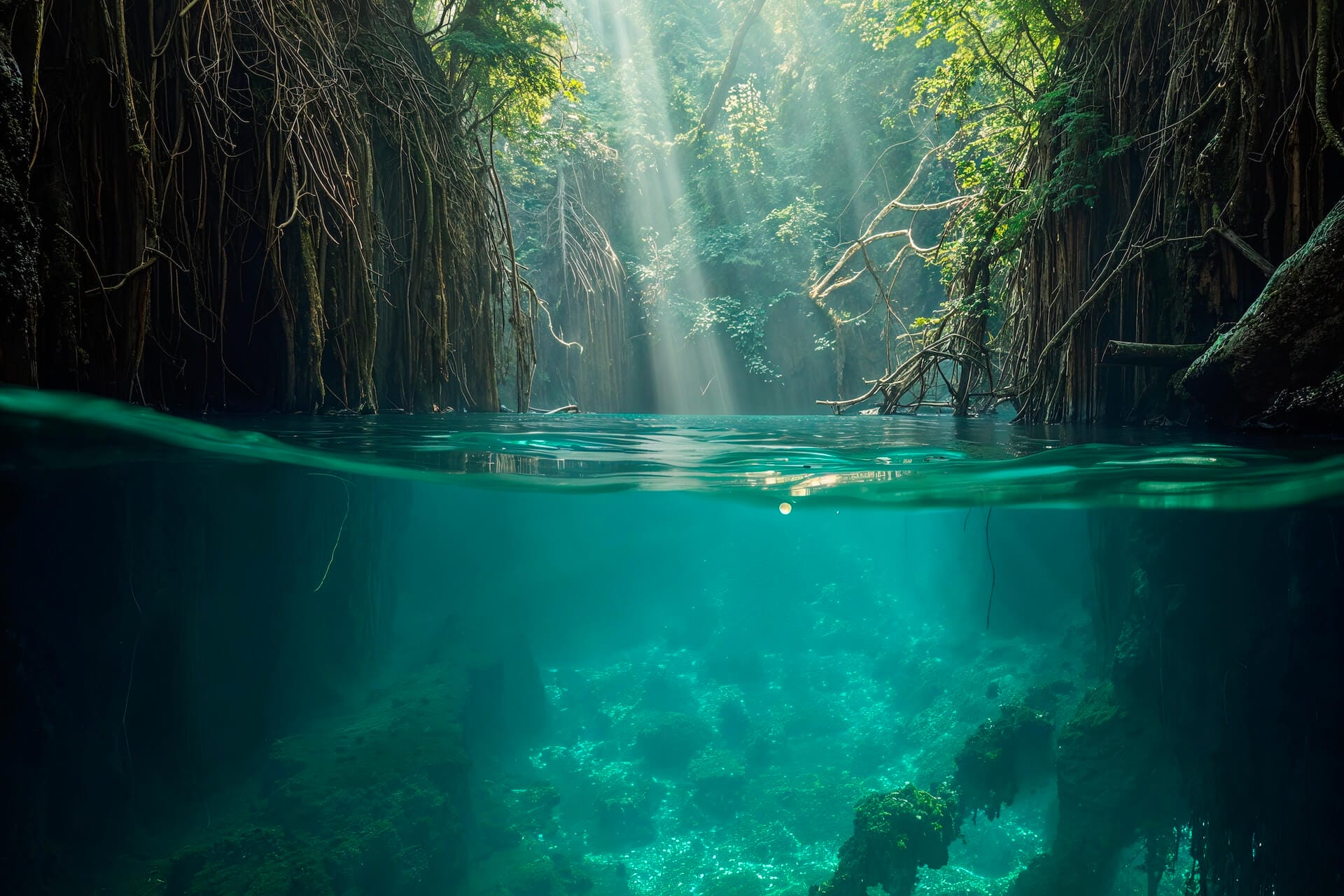Yucatan is a state so rich in every sense, it would take more than one visit to discover all its beauty: millenary Maya archaeological sites and cities, fascinating gastronomy, music and folkloric dances, ancient traditions, European influence in their architecture, unique gastronomy, beaches, and astonishing natural biospheres, will complete the experience of a state full of attractions, history and culture.
If you are into exploring places with stunning nature, Yucatan and its bio-reserves is the place to be at.
Celestun: Celestun in Maya means “painted stone”. In 1979 it was decreed by the Federal Government as “the Celestun Wildlife Refuge” and was upgraded to category of “Special Biosphere Reserve” in 1989. Celestun is a small coastal town 1.5 hours away from Mérida, Yucatán, with beaches, lagoons, mangroves and rivers, all places dotted with small hotels and delicious fresh seafood restaurants.
You can take a boat tour and see thousands of migrating pink American flamingos (from December through February) and countless species of waterfowl and shorebirds. It also homes endangered sea turtles, endemic plants and birds in coastal dune scrubs; estuary “nurseries” for many fish and marine species; highly productive mangrove communities; two endangered crocodile species; migrant and wintering waterbirds, shorebirds and songbirds.
Los Petenes: This is a permanently flooded salt marsh with a high diversity of flora and fauna. Petenes are complex habitats of islands with varied vegetation, a unique ecosystem in Mexico, representing the largest sea grass area in the Gulf of Mexico. It incorporates mangroves, salt pans, low land jungle, wetlands, fresh water sink holes and springs and is home for several species of reptiles, turtles, primates, felines, water birds, crustaceans and mollusks.
There are 47 species of mammals, 47 species of fish and 21 species of reptiles. You can find prehistoric horseshoe crabs, jabiru stork, ocellated turkey, American flamingo, stork, white pelican, spider monkey, jaguar, ocelot, bush dog, anteater, and ringtail.
There are several recreational activities at “Los Petenes” such as boat rides, kayaking and camping. You can also book a tour to visit the “Ex-Haciendas” of Chunkanan, Santa Cruz and Sodzil, amazing European constructions built in the 19th century, as well as visiting colonial Churches and ancient Maya temples.
El Palmar: This is a protected biosphere reserve located about 80 km from the city of Merida. It has wetlands and “petenes” and the tallest lighthouse in Yucatan. The small town offers some rustic lodging options and delicious family owned seafood restaurants. Its abundance in fauna and flora attract visitors that are fond of eco-tourism. You can go on a bird watching tour, hire boat rides or take guided night walks to observe nature under a sky of a million stars.
So if you like been stunned by the beauty of nature, Yucatan and its bio-reserves will keep you coming back for more.




